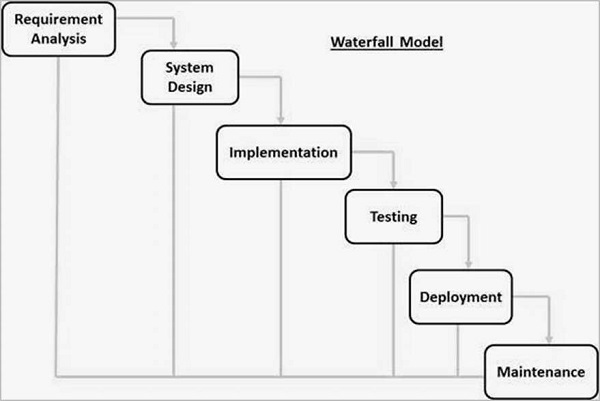Software Testing Life Cycle (STLC)?
- Requirement Analysis
- Test Planning
- Test case development
- Test Environment setup
- Test Execution
- Test Cycle closure
What is Entry and Exit Criteria?
- Entry Criteria: Entry Criteria gives the prerequisite items that must be completed before testing can begin.
- Exit Criteria: Exit Criteria defines the items that must be completed before testing can be concluded.
Requirement Analysis
During this phase, test team studies the requirements from a testing point of view to identify the testable requirements.
The QA team may interact with various stakeholders (Client, Business Analyst, Technical Leads, System Architects etc) to understand the requirements in detail.
Requirements could be either Functional (defining what the software must do) or Non Functional (defining system performance /security availability )
Automation feasibility for the given testing project is also done in this stage.
Activities
- Identify types of tests to be performed.
- Gather details about testing priorities and focus.
- Prepare Requirement Traceability Matrix (RTM).
- Identify test environment details where testing is supposed to be carried out.
- Automation feasibility analysis (if required).
- RTM
- Automation feasibility report. (if applicable)
Test Planning
Typically, in this stage, a Senior QA manager will determine effort and cost estimates for the project and would prepare and finalize the Test Plan. In this phase, Test Strategy is also determined.
Activities
- Preparation of test plan/strategy document for various types of testing
- Test tool selection
- Test effort estimation
- Resource planning and determining roles and responsibilities.
- Training requirement
- Test plan /strategy document.
- Effort estimation document.
Test Case Development
This phase involves the creation, verification and rework of test cases & test scripts. Test data, is identified/created and is reviewed and then reworked as well.
Activities
- Create test cases, automation scripts (if applicable)
- Review and baseline test cases and scripts
- Create test data (If Test Environment is available)
- Test cases/scripts
- Test data
Test Environment Setup
Test environment decides the software and hardware conditions under which a work product is tested. Test environment set-up is one of the critical aspects of testing process and can be done in parallel with Test Case Development Stage. Test team may not be involved in this activity if the customer/development team provides the test environment in which case the test team is required to do a readiness check (smoke testing) of the given environment.
Activities
- Understand the required architecture, environment set-up and prepare hardware and software requirement list for the Test Environment.
- Setup test Environment and test data
- Perform smoke test on the build
Deliverables
- Environment ready with test data set up
- Smoke Test Results.
Test Execution
During this phase, the testers will carry out the testing based on the test plans and the test cases prepared. Bugs will be reported back to the development team for correction and retesting will be performed.
Activities
- Execute tests as per plan
- Document test results, and log defects for failed cases
- Map defects to test cases in RTM
- Retest the Defect fixes
- Track the defects to closure
Deliverables
- Completed RTM with the execution status
- Test cases updated with results
- Defect reports
Test Cycle Closure
Testing team will meet, discuss and analyze testing artifacts to identify strategies that have to be implemented in the future, taking lessons from the current test cycle. The idea is to remove the process bottlenecks for future test cycles and share best practices for any similar projects in the future.
Activities
- Evaluate cycle completion criteria based on Time, Test coverage, Cost,Software, Critical Business Objectives, Quality
- Prepare test metrics based on the above parameters.
- Document the learning out of the project
- Prepare Test closure report
- Qualitative and quantitative reporting of quality of the work product to the customer.
- Test result analysis to find out the defect distribution by type and severity.
Deliverables
- Test Closure report
- Test metrics



Comments
Post a Comment